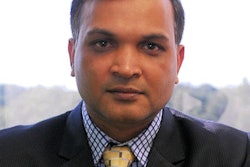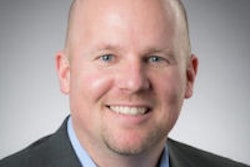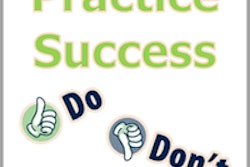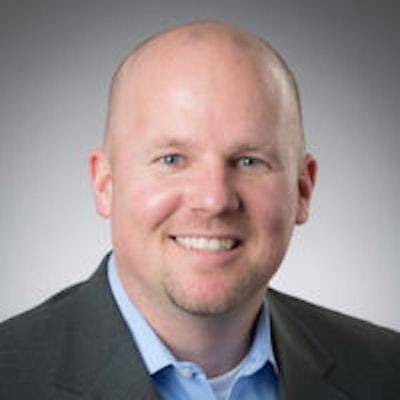
My previous column focused on the need to move away from requiring providers to fill out a multipage application every time they want to join a provider network.
Instead, a better approach would be to utilize advances in technology to establish a centralized provider credentialing database where dentists would fill in their data once. Then, any time a payor wanted to add dentists to its network, it would simply go to a portal and download the information directly. This solution would be faster, less labor-intensive by an order of magnitude, and more cost-effective for everyone -- particularly dentists and their office managers.
This suggestion has been met with a great deal of support by both dentists and payors. It did bring up two questions, however: Who would own the data (and how would it be secured), and who would pay for building and operating the database as well as the web portals that would be used to access it? This column will address these questions.
Ownership and security
This is a two-pronged question. Let's start with who owns the data.
The optimal solution is a neutral organization such as the ADA, which has a stake in the dental industry without having a commercial interest.
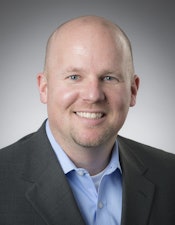 Mike Lessila is the director of business development for Skygen USA. Image courtesy of Skygen USA.
Mike Lessila is the director of business development for Skygen USA. Image courtesy of Skygen USA.With a commercial entity, sooner or later the goal will be to maximize the profitability of the database. When that occurs, the original intention of relieving dental providers of the time-consuming administrative burden and correlating cost could be pushed aside in favor of adding to the bottom line.
A neutral organization that is focused on delivering services to members will keep the focus where it belongs -- on ensuring that the database is optimized to provide the functionality and experience those who enter their data expect.
Having the data owned by a neutral organization will also remove the temptation to sell the information later. Organizations such as the ADA are highly focused on protecting their membership and the relationship they have with members. Selling the information would be a violation of that trust and ultimately more damaging than any short-term profit benefit.
Then there is the topic of security. Because all data exchanges on both the dental provider and payor sides will be carried out on the internet, the core technology must be designed for that purpose. It must take into account that dental providers may access their application web portal via tablets, smartphones, personal computers, or laptops. It must also take into account that a database of dental provider information could provide a worthwhile target for cybercriminals.
The database and portals should be developed and maintained by an organization that specializes in this sort of work. The delivery of highly secure technology should be that organization's primary business rather than something it does to enable a different business. The technology should meet the highest data security certification standards and the information itself should be encrypted both at rest and in transit, with redundant and layered security measures to ensure the dental provider data are protected at all times.
Dentists and their office managers should be confident that only payors who are authorized to access their data will be able to view and download it. Having these measures in place will give providers the confidence to participate in the centralized provider database, helping it to reach the critical mass required to be attractive to payors -- and ultimately accomplish its goal of being the industry standard for credentialing.
Addressing the cost
Generally, when new ideas are introduced that save time and improve convenience, there is a price to be paid. This is not the case in the scenario we envision.
“If dentists aren't being charged to build and maintain the database, then who will pay for it?”
We believe uploading information to the centralized provider credentialing database should be free for all dentists. They don't pay for their current one-off applications to join a payor's dental network; it doesn't make sense to begin charging now. If the sanctioning organization has no prior record of the dentist, then it may want to charge a nominal fee to verify the data to ensure it's accurate and of high quality. But that fee would be small compared with the time and cost savings provided by the database.
If dentists aren't being charged to build and maintain the database, then who will pay for it? The payors, as they access the files. Charging a fee for the information that is below market value for this type of information will be a significant cost savings for payors, yet over time (and thousands of transactions) it will provide sufficient funding to keep the credentialing database working at optimal levels. When you add in the fact that payors will not have to expend time and money to mail out applications, chase after dentists to fill them out (sometimes over weeks), and then manually enter the information into their own systems, it is likely they will be only too glad to pay a small fee to obtain the information electronically.
Sensible approach
From the feedback we have seen, there is general agreement that the concept of a centralized dental provider credentialing database is sound. But as with any ambitious project, there were concerns as to whether it was doable.
By taking an approach that is grounded in reality and pragmatic considerations, and working with the right organizations that share a common vision, it is indeed possible. We believe it will also serve as a model for other industries.
Mike Lessila is the director of business development for Skygen USA. He can be reached at [email protected].
The comments and observations expressed herein do not necessarily reflect the opinions of DrBicuspid.com, nor should they be construed as an endorsement or admonishment of any particular idea, vendor, or organization.




